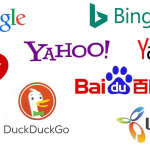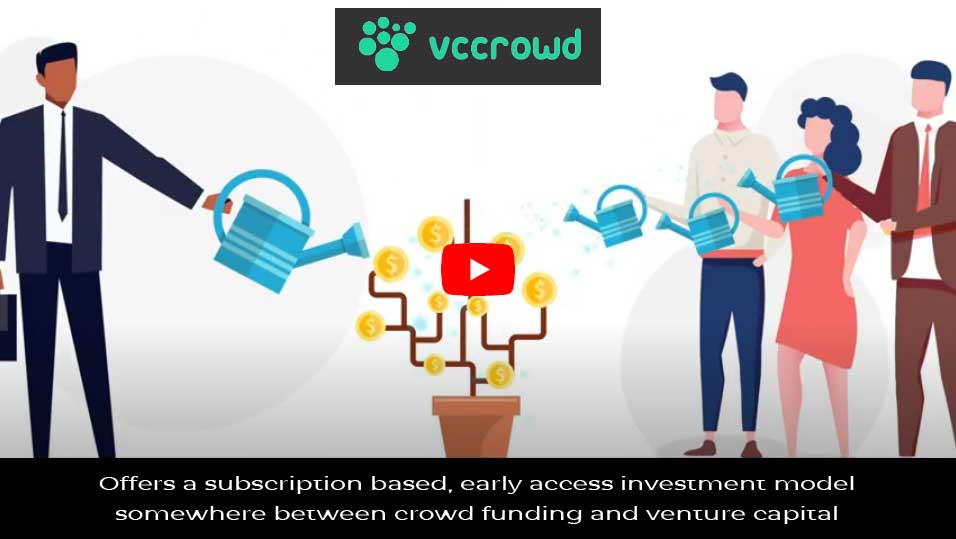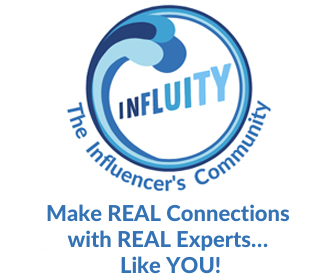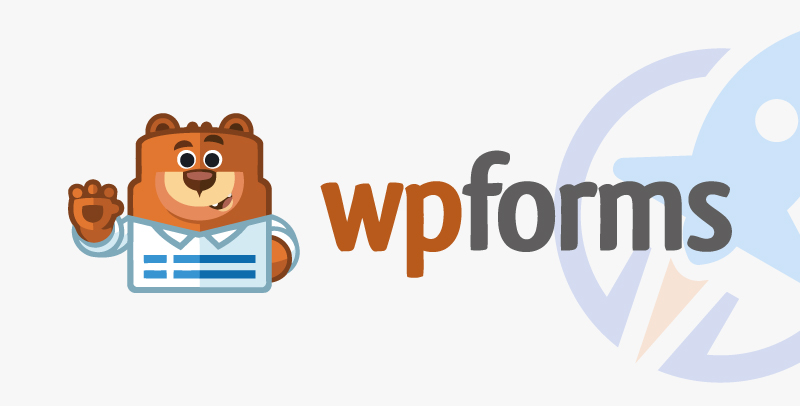Founders of the first large MarTech company I worked for said that SaaS was like making money in your sleep. Within a few years, they’d multiplied their development team, had a mile-long product backlog, and had competitors chipping away at their market share. Developing software solutions isn’t a set-it-and-forget-it business. If you’re not innovating and listening to customers, a competitor will.
Add to this that the future of software development is AI, where organizations can dynamically build and attach whatever services they require with little need for developers to write code daily, and product valuation is about to change dramatically.
SaaS pricing remains a critical factor in determining the providing company’s success. As businesses strive to balance profitability and customer satisfaction, understanding the intricacies of SaaS pricing becomes paramount. Let’s discuss the various aspects of SaaS cost structures, pricing strategies, and the value proposition for customers.
The Fundamentals of SaaS Cost Structure
At its core, the cost structure of a SaaS business involves several key components:
- Development and maintenance costs
- Infrastructure and hosting expenses
- Sales and marketing efforts
- Customer support and success initiatives
- Administrative and overhead costs
- Funding future growth, acquisition, and innovation
To determine the optimal pricing strategy, businesses must clearly understand their overall expenses and the value their service provides to customers.
Pricing Models: A Spectrum of Options
SaaS businesses can choose from a range of pricing models, each with its advantages and challenges:
| Pricing | Description | Advantages | Challenges |
|---|---|---|---|
| Per-User Pricing | Customers pay based on the number of users accessing the service. |
|
|
| Tiered Pricing | Different feature sets are bundled into tiers, with increasing prices for more advanced features. |
|
|
| Usage-Based Pricing | Customers are charged based on their consumption of the service (e.g., API calls, storage). |
|
|
| Freemium Model | A basic version of the service is offered for free, with the option to upgrade to premium features. |
|
|
| Flat-Rate Pricing | A fixed monthly or annual fee grants access to the full range of features. |
|
|
The choice of pricing model depends on factors such as the target audience, market competition, and the nature of the service itself.
Testing and Iterating: Finding the Sweet Spot
To arrive at the optimal pricing structure, SaaS businesses must be willing to experiment and iterate. Some strategies for testing pricing include:
- A/B Testing: Offering different pricing options to subsets of potential customers and analyzing conversion rates.
- Market Research: Conducting surveys and interviews to gauge customers’ willingness to pay and value perception.
- Competitor Analysis: Benchmarking against similar services in the market to ensure competitive positioning.
- Pricing Elasticity Studies: Measuring how responsive demand is to changes in price.
By continuously monitoring key metrics such as customer acquisition cost (CAC), lifetime value (LTV), and churn rate, businesses can fine-tune their pricing to maximize both revenue and customer satisfaction.
The Customer Value Proposition
Ultimately, the success of a SaaS pricing strategy hinges on the perceived value it offers to customers. Businesses must clearly articulate the benefits of their service, such as:
- Time and cost savings compared to traditional solutions
- Scalability and flexibility to accommodate growth
- Seamless integration with existing workflows
- Robust security and reliability
- Exceptional customer support and onboarding
By aligning pricing with the value delivered, SaaS businesses can foster long-term relationships with satisfied customers.
Enhancing Value: Add-Ons and Customization
To further differentiate their offering and cater to diverse customer needs, SaaS businesses can explore additional revenue streams:
- Add-ons: To augment the core offering, offer complementary features or services, such as advanced analytics or premium support. Add-ons allow customers to customize their solutions and access additional capabilities that align with their specific needs, creating a more comprehensive and valuable offering.
- Co-Creation and Feedback Loops: Involve customers in product development and roadmap planning to ensure alignment with their needs. Establish regular feedback loops and customer advisory boards to gather insights and ideas for improvement. Co-creation and feedback loops foster a sense of partnership and ensure that the SaaS solution remains customer-centric and responsive to evolving requirements.
- Community and Networking Opportunities: Foster a strong user community where customers can connect, share knowledge, and learn from each other. Host events, webinars, and forums to facilitate networking and best practice sharing among customers. A vibrant community enhances the product’s value by giving customers access to peer support, expertise, and industry insights.
- Continuous Education and Resources: Provide ongoing educational content, such as blogs, whitepapers, and e-books, to keep customers informed and engaged. Offer certifications and training programs to help customers develop skills and expertise related to the product. Continuous education demonstrates the SaaS company’s commitment to customer success and helps customers derive long-term value from the product.
- Continuous Product Improvement: Regularly update and enhance the product based on customer feedback and market trends. Introduce new features, integrations, and functionality to keep the product competitive and valuable to customers. By continuously investing in product development, SaaS companies can ensure that their offering remains relevant and meet evolving customer needs.
- Customization: Provide tailored solutions for enterprise clients with specific requirements, often at a premium price point. Customization allows SaaS companies to cater to the unique needs of high-value customers, delivering a bespoke solution that addresses their complex business challenges and justifies a higher price tag.
- Data-Driven Insights and Reporting: Offer robust analytics and reporting capabilities to help customers gain valuable insights from their data. Provide customizable dashboards and data visualization tools to demonstrate the product’s value and ROI. Data-driven insights empower customers to make informed decisions and showcase the tangible benefits of using the SaaS solution.
- Exceptional Customer Support: Provide prompt, knowledgeable, and friendly customer support to resolve issues quickly. Offer support channels like live chat, email, phone, and a comprehensive knowledge base. Invest in proactive customer success initiatives to help customers achieve their goals and maximize value. Excellent customer support builds trust, loyalty, and advocacy among customers.
- Loyalty and Advocacy Programs: Implement loyalty programs that reward customers for continued usage and product engagement. Encourage customer advocacy through referral programs, case studies, and testimonials, leveraging satisfied customers to attract new ones. Loyalty and advocacy programs strengthen customer relationships and create a virtuous growth cycle and positive word-of-mouth.
- Personalized Onboarding and Training: Offer tailored onboarding experiences based on customer needs and goals. Provide in-depth training resources, webinars, and tutorials to help customers effectively utilize the product. Assign dedicated account managers or success teams to guide customers through their journey. Personalized onboarding and training ensure that customers can quickly derive value from the product and achieve their desired outcomes.
- Scalability and Flexibility: Ensure the product can scale with the customer’s growth and changing requirements. Offer flexible pricing plans and easily upgrade or downgrade based on customer needs. Provide APIs and integrations to allow customers to connect with their existing tools and workflows seamlessly. Scalability and flexibility demonstrate that the SaaS solution can adapt to the customer’s evolving needs and grow with their business.
- Steep Discounts: Offer significant discounts for initial onboarding to attract customers and allow them to experience the product’s value firsthand. This strategy helps lower the barrier to entry and encourages adoption, but it should be balanced with a focus on long-term value creation.
- Strategic Partnerships: Collaborate with other businesses to offer bundled services or integrations, expanding the value proposition. Strategic partnerships enable SaaS companies to leverage the strengths of complementary solutions, creating a more comprehensive and integrated offering that delivers enhanced value to customers.
- Value-Added Services: Offer complementary services, such as consulting, implementation support, or managed services, to help customers maximize the product’s value. Provide access to experts, strategists, or industry-specific resources to guide customers in their success. Value-added services extend the benefits of the core product and help customers achieve their goals more effectively.
Pricing remains a critical lever for business success. By understanding the cost structure, experimenting with different pricing models, and continually refining the value proposition, businesses can strike the right balance between profitability and customer satisfaction. As the market evolves, staying attuned to customer needs and embracing a data-driven approach to pricing will be key to thriving in the competitive world of SaaS.
©2024 DK New Media, LLC, All rights reserved.
Originally Published on Martech Zone: Navigating the SaaS Pricing Labyrinth: Strategies, Structures, and Customer Value














